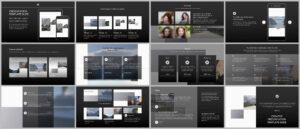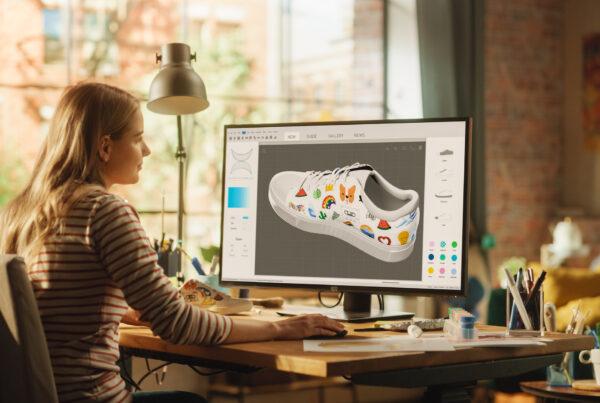
In the world of web design, your portfolio isn’t just a project; it’s your handshake, your elevator pitch, and your first impression all rolled into one. Whether you’re fresh out of web design training or actively job hunting, your portfolio is your chance to tell the world, “Here’s what I can do.”
But with so many new designers entering the field, how can you ensure your portfolio stands out?
At Academy of Learning Career College (AOLCC), students graduate not only with skills but with a clear understanding of how to showcase their talent professionally. If you’re building or rebuilding your portfolio, these creative, practical portfolio tips will help you make an impression that opens doors.
Start With a Clean, Professional Layout
Web design is all about user experience, and your portfolio should reflect that from the start. Keep your navigation intuitive, your visuals consistent, and your content easy to read. Think of your portfolio as a project in itself, one that shows potential employers or clients how you think, plan, and execute.
Let your design speak for your skill set. Avoid clutter. Use white space strategically. And remember: the goal is to highlight your best work, not overwhelm the viewer.

Include projects you created during your web design training in your portfolio
Showcase a Range of Work During and After Your Web Design Training
Don’t limit yourself to just one kind of project. Even if your training focused on front-end work, try including mockups, UX sketches, or case studies that show your process. Displaying a variety of work, including school projects, freelance gigs, or personal passion projects, shows that you’re flexible, creative, and willing to explore different design challenges.
This is also a great time to include projects you created during your web design training, especially if you collaborated with peers or developed responsive layouts, UI elements, or basic animation.
Explain Your Design Thinking
Strong visuals grab attention, but thoughtful process explanations help seal the deal. For each project, include a brief write-up describing your goals, your design choices, and the tools you used. Discuss what you learned from the experience and how you handled obstacles. This shows technical ability and demonstrates reflection and growth, two things hiring managers love to see.
And don’t forget the details. Did you code in HTML/CSS? Use Figma for UI design? Optimize pages for mobile? Say so. One of the most crucial portfolio tips you should always keep in mind is this: Your process is just as valuable as your finished product.

Web design training at AOLCC prepares you for success in the role
Build for Your Dream Role
If you have a particular career path in mind, whether that’s UX design, freelance branding, or eCommerce layout design, tailor your portfolio toward that direction. Include relevant projects and create mockups if necessary. This shows focus and drive, and it tells employers you’re already thinking like a specialist.
Reach that moment when you look at your portfolio and realize it doesn’t just show what you’ve done, it shows exactly where you’re going next. That’s when you know you’re ready to make your mark.
Make It Easy to Contact You
It sounds simple, but it’s often overlooked: make sure your contact information is clear and easy to find. Include a short bio, your email address, and links to your professional social media or LinkedIn page. Add a downloadable resume, and consider embedding a contact form.
If you’re freelancing, link to a calendar or include your availability. Make connecting with you as easy as using the websites you design.
Remember, your portfolio isn’t a “set it and forget it” tool. As your skills grow, update your portfolio regularly with fresh projects, redesigned work, or improved versions of older layouts. Your portfolio is a living reflection of your journey in web design, and it should evolve with you throughout your web design career.
Ready to build a portfolio you’re proud of?
Your career awaits!






